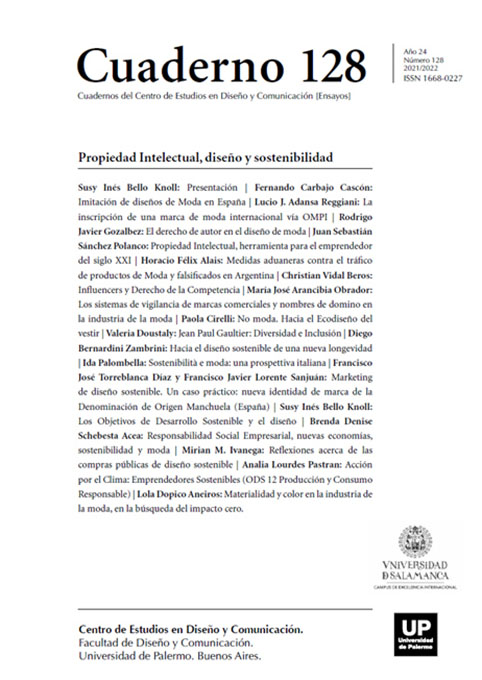Hacia el diseño sostenible de una nueva longevidad
Abstract
One of the major transformations of the first half of the new century in our societies will be the demographic transition. The increase in the number of elderly people is confronting us with new needs and demands from the hand of the most educated, richest and most communicated cohort of elderly in the history of humanity. Aspects such as health services, social protection, governance, human rights, sustainability, the economy and the labor market, or public policy itself, will be impacted by this new global and emerging market. To think of this new society is to think of a new paradigm: the new longevity. An approach from citizen empowerment towards institutions and different sectors and not from “top down” as the different theoretical frames of reference have always been.
References
Aranco, N. y otros (enero 2018). Panorama de envejecimiento y dependencia en America Latina y el caribe. Recuperado de: https://publications.iadb.org/es/panorama-de-envejecimiento-y-dependencia-en-america-latina-y-el-caribe
Bernardini, D. (2015). De Vuelta, diálogos con personas que vivieron mucho y lo cuentan bien. Buenos Aires: Editorial Aguilar - Random House.
Bernardini, D. (2019). La segunda mitad: los 50+, vivir la nueva longevidad. Buenos Aires: Editorial Aguilar - Random House.
CEPAL (20 de noviembre de 2017). Las personas mayores y la agenda del desarrollo sostenible 2030: oportunidades y desafíos. Recuperado de: https://www.cepal.org/es/enfoques/personas-mayores-la-agenda-2030-desarrollo-sostenible-oportunidades-desafios
Who (abril, 2002). Active ageing: a policy framework. Recuperado de: https://www.who.int/ageing/publications/active_ageing/en/
Who (2015). World report of ageing and health 2015. Recuperado de: https://www.who.int/ageing/events/world-report-2015-launch/en/
Los autores/as que publiquen en esta revista ceden los derechos de autor y de publicación a "Cuadernos del Centro de Estudios de Diseño y Comunicación", Aceptando el registro de su trabajo bajo una licencia de atribución de Creative Commons, que permite a terceros utilizar lo publicado siempre que de el crédito pertinente a los autores y a esta revista.


